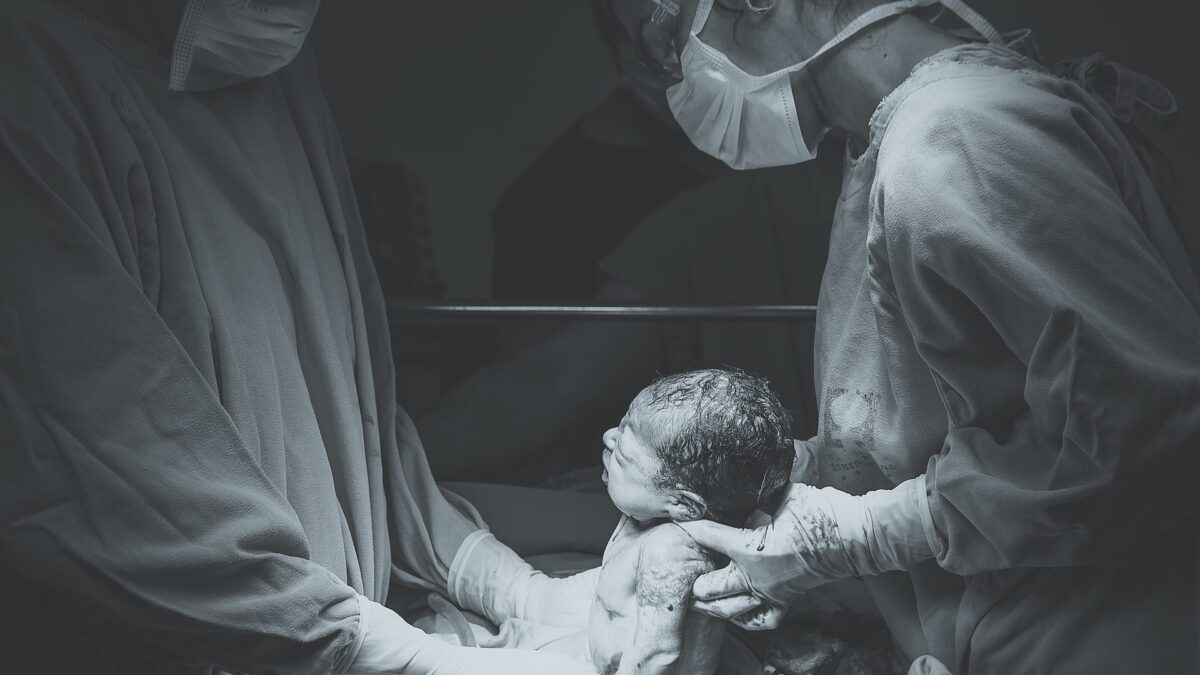In 1862, a soldier of the 20th New York State Militia, posted to the shore of the Rappahannock, marveled at the crowds of black slaves making their way away from their plantations to Union lines and freedom. In a letter home, he mused, “Is not the negro a man? Warmed with the same sun, hurt with the same weapons, having the same feelings, affections, aspirations that the white man has? Why then should he be a slave to his fellow man?”
I’ll tell you why, Alexander Stephens, vice president of the Confederacy, declared a year earlier. There is, he said, this “great truth that the negro is not equal to the white man; that slavery subordination to the superior race is his natural and normal condition.”
For decades and before, the pro-life movement in Ohio — as in the rest of the county — has asked, like the soldier on the Rappahannock, Is not the child in the womb a human being? Does she not have a heart? Can he not feel pain? Does not her humanity move toward a future?
Ohio has long been the protector of the unborn. In 1834, the Ohio General Assembly passed a law banning abortion, save to “preserve the life” of the woman. In 1913, the Ohio Supreme Court affirmed that protection. After Roe v. Wade destroyed the protections of the unborn in all 50 states, Ohio and many of its municipalities attempted to pass limited protective legislation.
But following the shock of the United States Supreme Court’s decision in Planned Parenthood v. Casey in 1992, the pro-life movement set to work to rectify the harm wrought by that fractured decision. Among the states, Ohio has been in the lead in the passage of legislation affirming the humanity of the unborn.
In 1995, just three years after Casey, Ohio was the first state to pass a ban on partial-birth abortion, later repassed when such a restriction was constitutionally approved. A “heartbeat” bill was first brought before the Ohio General Assembly in 2011, and, although defeated at the time, spurred other states to enact “heartbeat” bills. Along with other states, Ohio passed its own such bill in 2019 (which is now enjoined awaiting appeal and decision by the Ohio Supreme Court). Now 15 states have similar “heartbeat” bills.
Other protections dot the Ohio Revised Code. Abortions may not be performed after viability (set at 22 weeks of gestation) or, in another law, after 20 weeks (when the unborn child can feel pain). Ohio also has a fetal homicide act (effective from the time of conception) and a Born Alive Act (currently enjoined) that would protect a child born alive after a failed abortion. Babies with Down syndrome cannot be aborted for that reason.
Women seeking abortion must be provided with information about the status of their unborn child. The Woman’s Right to Know Act requires women to be given information not only of their developing baby (with pictures), but also of the help that is available to them (including free pregnancy centers), and the legal requirement of the father to provide child support. There is a 24-hour waiting period, and if the procedure involves an ultrasound, the woman must be given the opportunity to view the results. There is also a parental consent requirement for minors seeking an abortion and a requirement that a physician be present when an abortifacient drug is administered (currently enjoined for other reasons).
Nothing in these laws makes any sense unless that entity in the womb is a human person — in fact, a child.
The proponents of Issue 1 have an answer: They don’t care. They don’t care if the fetus is a human person. The child’s subordination to the will of its mother is, as Alexander Stephens would have put it, “his natural and normal condition.”
James Madison, on the floor of the Constitutional Convention in Philadelphia, recoiled from the proposition that the Constitution should formally recognize slavery. There should be “no property in man,” he declared. But for the proponents of Issue 1, the child is “part” of a woman’s body, her property.
Abraham Lincoln saw the moral truth as well. As slavery demeans the humanity of the slave, it corrupts the humanity of the slaveholder: “As I would not be a slave, so would I not be a master.”
For those of us living in Ohio, Issue 1, if cemented into the fundamental law of our state, would not only sweep away the humanity of the unborn child — it would sweep away ours as well.









